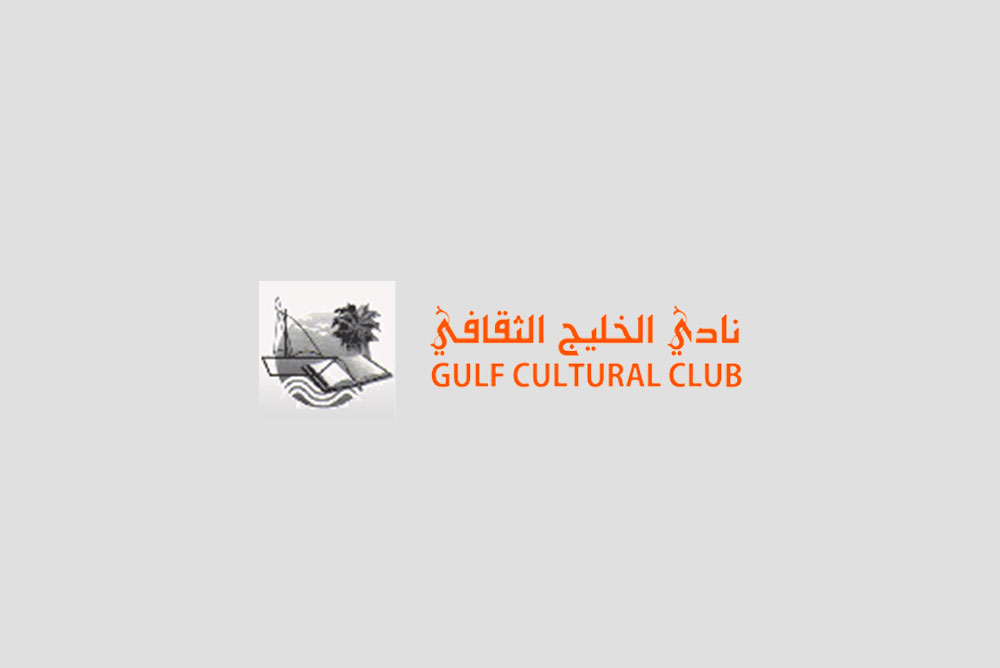Qatar has secured 26th rank globally, ahead of even China (29) and India (62), the world’s two largest emerging economies. Another striking feature is that Qatar improved its world ranking by nine places compared to 2010. Last year, Qatar was placed 35 on the Global Innovation Index.
UAE, which has the second position in the Middle East, is eight ranks below Qatar at 34. No other Middle East country figure even in the top 40 on the Global Innovation Index.
Based on the findings of The Global Innovation Index 2011 edition, Switzerland topped this year’s GII ranking, with Sweden in second place and Singapore third.
Joining Insead as Knowledge Partners for the report were Alcatel-Lucent, Booz & Company, the Confederation of Indian Industry (CII), and the World Intellectual Property Organisation (WIPO), a specialised agency of the United Nations.
The GII includes 16 economies from the Middle East and North Africa. While Qatar and the UAE are in the top 40, the other GCC economies are ranked in the top 60. Bahrain has secured 46th rank, Kuwait (52), Saudi Arabia (54) and Oman (57).
Three countries from the region are within the bottom 15. They are Syria (115), Yemen (123) and Algeria (125).
“Innovation is critical to driving growth in both developed and emerging economies, especially during a time when the global economy is still in a state of recovery,” said Soumitra Dutta, Roland Berger Professor of Business and Technology at Insead and editor of the study.
“The GII has evolved into a valuable benchmarking tool to encourage private-public dialogue including policy-makers, business leaders and other stakeholders.”
WIPO Director General Francis Gurry stressed that “innovation is central to economic growth and to the creation of new and better jobs. It is the key to competitiveness for economies, for industries and for individual firms.”
He added that “innovation and its many benefits do not come without the investment of time, effort and human and financial resources,” noting that the GII 2011 report captures efforts by a large number of economies to provide an enabling environment that promotes innovation.
Dr Naushad Forbes, Chairman of the CII Innovation Council (2011-12) and Director of Forbes Marshall said, “Today the whole world is talking about innovation in all forms starting from industry to government to society. After the recent economic slowdown the focus has shifted clearly towards the developing regions not only in terms of a booming potential market but also a hot spot for frugal innovations. Measuring this shift is important to know how we are doing, the GII is a starting point to do that and unquestionably in the right direction.”
The Global Innovation Index is computed as an average of the scores across inputs pillars (describing the enabling environment for innovation) and output pillars (measuring actual achievements in innovation). Five pillars constitute the Innovation Input Sub-Index: ‘institutions,’ ‘human capital and research,’ ‘infrastructure’, ‘market sophistication’ and ‘business sophistication’.
The Innovation Output Sub-Index is composed of two pillars: ‘scientific outputs’ and ‘creative outputs’. The Innovation Efficiency Index, calculated as the ratio of the two sub-indices, examines how economies leverage their enabling environments to stimulate innovation results.

